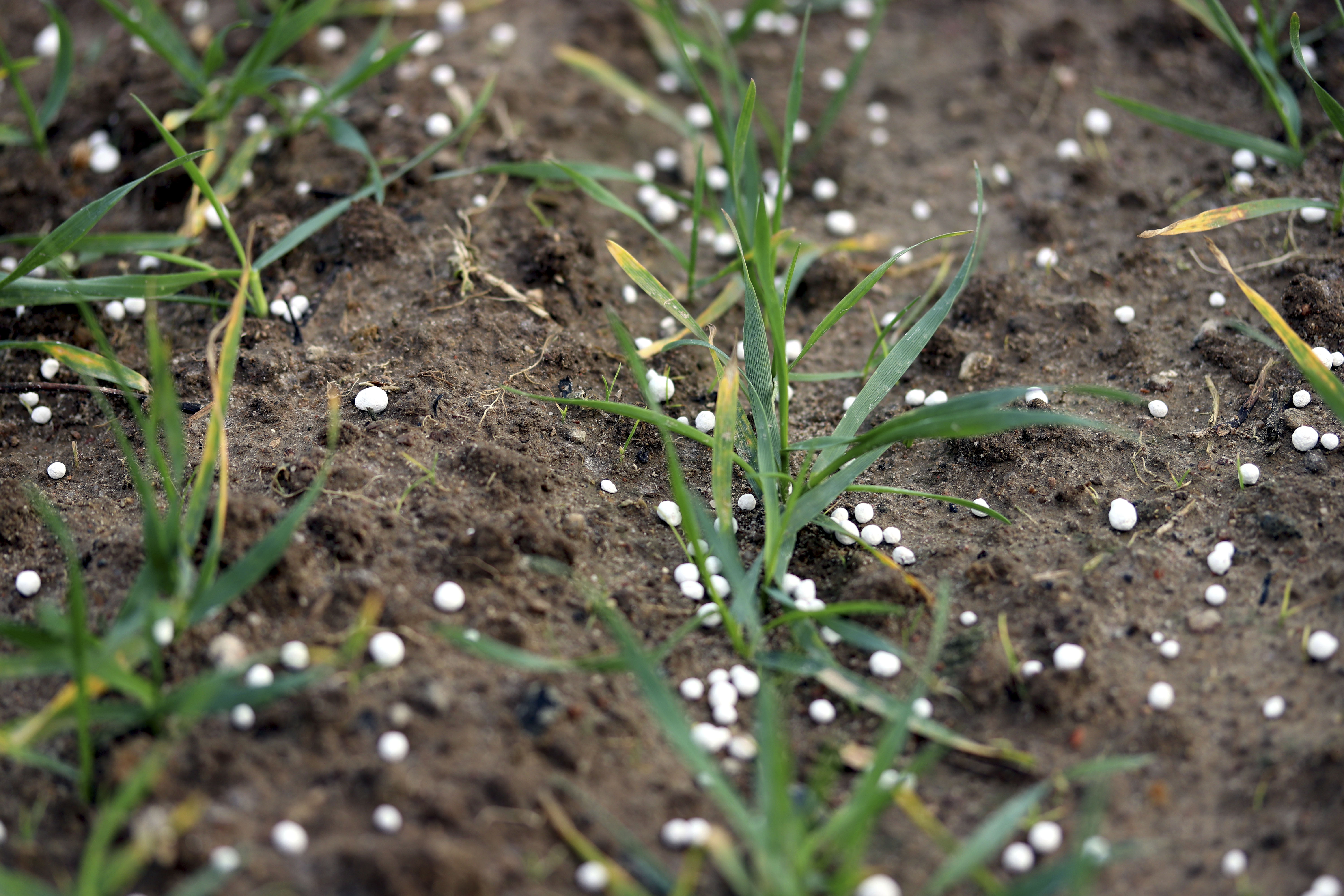The rising costs of natural gas has led to a massive increase in fertiliser prices– from about £200 to nearly £700 per tonne – and an expected squeeze on the supply chain is likely to have a serious impact in the spring.
There has been much talk about incorporating incentives to adopt more regenerative farming practices into emerging Government policy, principally through the Sustainable Farming Initiative in England. However it appears that market forces of this nature are driving decision-making processes quicker and possibly more radically than policy nudges.
Steep increases in fertiliser prices may be masked by corresponding price rises in output commodities in both the arable and the livestock sectors. However, there is not necessarily a direct correlation between those inputs and outputs and commentators suggest that higher fertiliser prices may not be so much a spike, as probably a long term hike, driven by factors far beyond agriculture.
Organic farms will not be affected by price increases in artificial nitrogen, but conventional farmers should all be reviewing their systems to limit exposure. This may involve more use of cover crops, wider rotations, as well as cutting other input costs through machinery and sprays. This will all result in lower outputs, but hopefully retaining profit levels.
Those with livestock have the extra option of cutting back on artificial fertiliser by looking at better manure and slurry management. Much tighter controls on slurry applications and timing restrictions are also driving reviews. Technology can put “waste” products to much better use and extract nutrients in a more useable form. This involves using separators, composting and general timeliness of applications.
As in all sectors, Brexit and Climate Change issues are having an impact, both directly and indirectly, on farming regimes – farmers need sound advice to steer their way through the changing and volatile environment.
- Natural Capital: Galbraith’s expert advisers guide our clients in realising value in all land uses – by assessing and measuring natural assets, furthering opportunities in biodiversity net gain, and ensuring stakeholders are rewarded fully for their investment in and contribution to delivering ecosystem services and net-zero outcomes.
